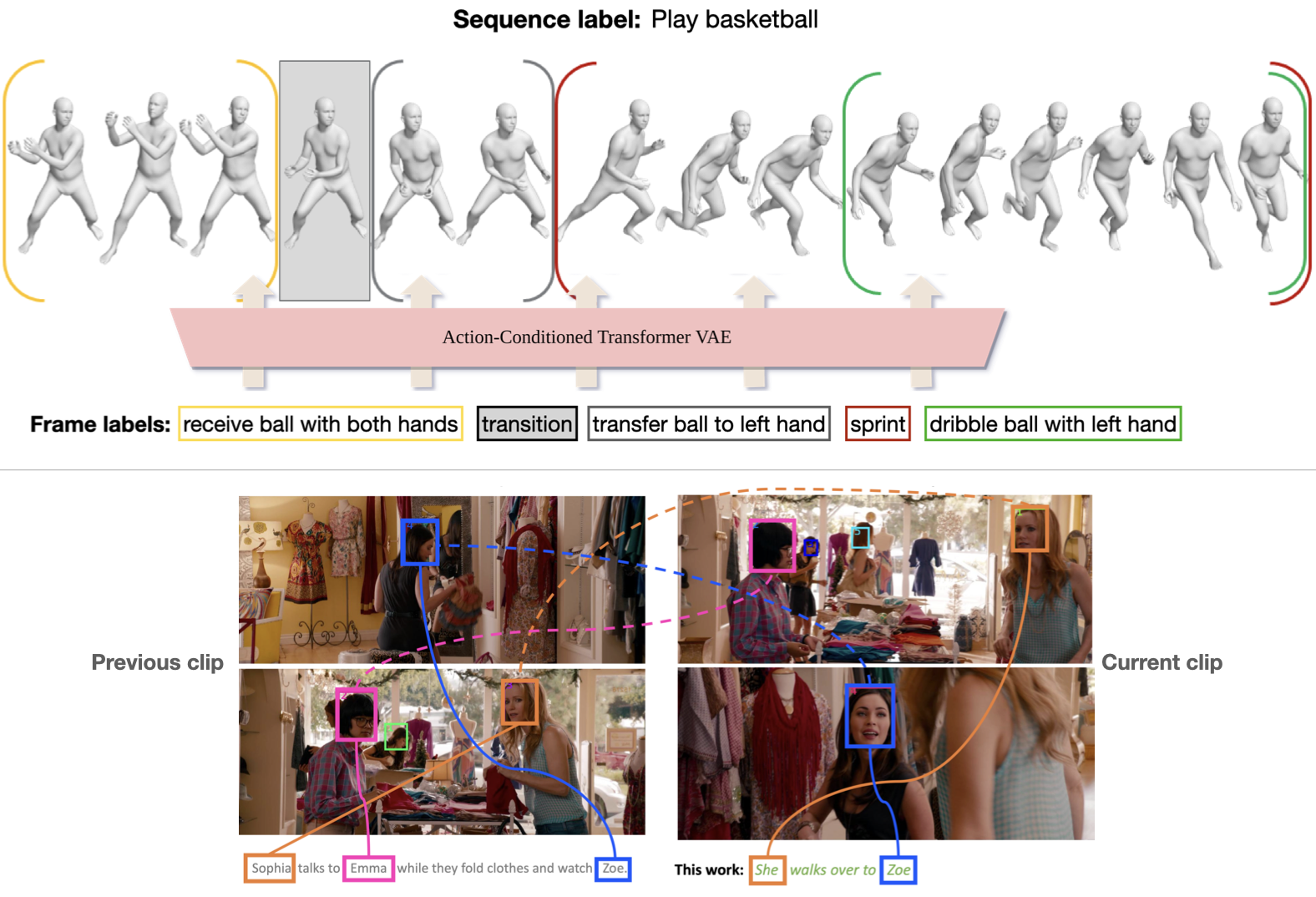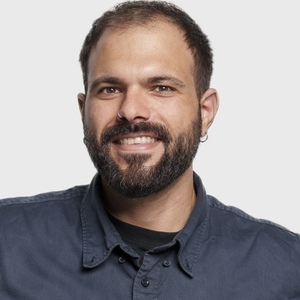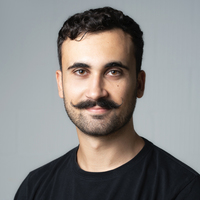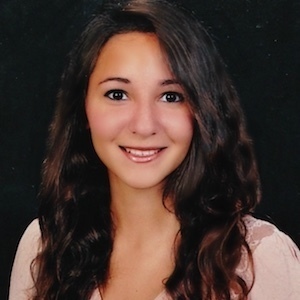Human Pose, Shape and Action
3D Pose from Images
2D Pose from Images
Beyond Motion Capture
Action and Behavior
Body Perception
Body Applications
Pose and Motion Priors
Clothing Models (2011-2015)
Reflectance Filtering
Learning on Manifolds
Markerless Animal Motion Capture
Multi-Camera Capture
2D Pose from Optical Flow
Body Perception
Neural Prosthetics and Decoding
Part-based Body Models
Intrinsic Depth
Lie Bodies
Layers, Time and Segmentation
Understanding Action Recognition (JHMDB)
Intrinsic Video
Intrinsic Images
Action Recognition with Tracking
Neural Control of Grasping
Flowing Puppets
Faces
Deformable Structures
Model-based Anthropometry
Modeling 3D Human Breathing
Optical flow in the LGN
FlowCap
Smooth Loops from Unconstrained Video
PCA Flow
Efficient and Scalable Inference
Motion Blur in Layers
Facade Segmentation
Smooth Metric Learning
Robust PCA
3D Recognition
Object Detection
Language and Movement

Understanding human behavior requires more than 3D pose. It requires capturing the semantics of human movement — what a person is doing, how they’re doing it, and why. The what and why of human movement — the actions of a person, their goals, emotions, and mental states — are typically described via natural language. Thus, grounding human movement in language, is a key to modeling and synthesizing human behavior.
Progress in this requires 3D movement data that is precisely aligned with action descriptions. In BABEL [] we label (>250) actions performed in (>43 hours) mocap sequences from AMASS [
]. Fine-grained "frame labels" precisely capture the duration of each action in a sequence. BABEL is being leveraged for tasks like action recognition, temporal action localization, and motion synthesis.
Since 3D mocap data will always be limited, we would like to learn language-grounded movement from video. Our approach identifies individual actors in a movie clip and synthesizes language descriptions of their actions and interactions []. The approach first localizes characters by relating their visual appearance to mentions in the movie scripts via a semi-supervised approach. This (noisy) supervision greatly improves the performance of a description model.
ACTOR [] is an example of our work on synthesizing human movement, conditioned on action labels. Despite being trained with noisy data estimated from monocular video, ACTOR's transformer VAE architecture learns to synthesize diverse and realistic movements of varied length.
Members
Publications






